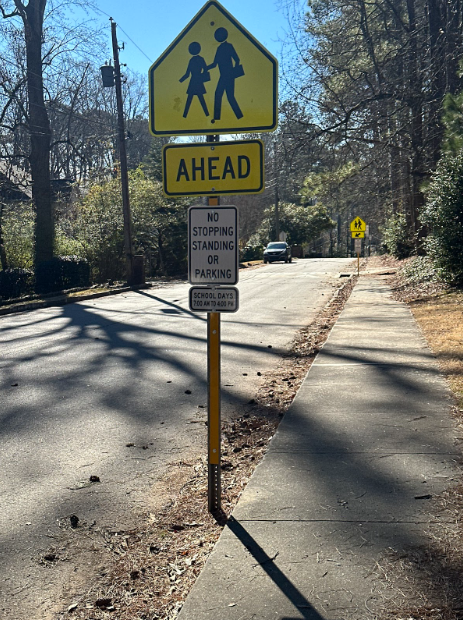Saturday, Mar. 12, Chamblee students faced the new improved, and more dreaded SAT. The SAT underwent a major overhaul this year designed to make it a more effective means for colleges to gauge the student’s abilities.
The changes included changes to the math section — to make it more challenging and the addition of a writing section including an essay and a multiple-choice section.
Of the new sections, the most feared was the essay. Most students are not used to the pressure of writing a clear, concise essay in 25 minutes.
However, the topic was designed to be easy to form an opinion on and make a point quickly, so it was not nearly as challenging as people feared.
The math section was changed in two ways. Algebra II was added and the mathematical comparison questions were cut out. The problems were made to deal with slightly harder mathematical concepts, instead of just being aimed at simple math and logical thinking.
“The math was actually slightly challenging as opposed to the old version where a fifth grader could have done it,” said Dilan Manatunga.
The verbal was longer this year, with the addition of writing multiple-choice sections. The most evident change was the elimination of analogies, which were received with mixed feelings.
Teresa Bau said, “I liked the verbal section there were more sentence completions, and the passages were easier.”
The new version had its share of problems. The most common complaint was the length. With the addition of new sections, the test was stretched to nearly four hours.
“It was ridiculously long. I almost died,” said Bau.
The other major complaint was the proctoring. Though the proctors are supposed to be trained by the College Board prior to the test, there were still problems.
Many of the rooms at Marist, where the majority of Chamblee students took the test, were without clocks, and so the students were unable to keep track of time themselves. In most of these cases, the proctors were erratic in calling the time, so the students had nothing on which to base their work.
There were more serious problems as well.
“[The proctor] didn’t give us enough time. She stopped us after 15 minutes during the essay and one of the verbal sections,” said Ali Ahsan, “And, she wasn’t careful about the starting time either. She would call time and people would still be working.”
Through errors are to be expected in the first trial, the students hope that the SAT will be more efficient in the future.
After 18 years, the SAT has undergone changes to keep with the time. For example, the feared essay section was pulled from the test back in 2021. The College Board figured there were better opportunities for students to showcase their writing skills. Most notably, starting in March 2024, the SAT will be completely moved online. Moving the exam to its digital form allows the College Board to continue tweaking the exam itself. The amount of time provided for the test will also be reduced to two hours, calculators will be allowed for the entire Math section, and the reading passages will be reduced.
“The digital SAT will be easier to take, easier to give, and more relevant,” says Priscilla Rodriguez, vice president of Board Readiness Assessments at College Board.
Though the College Board has never claimed the exam is getting easier, with every change, the question is asked again. In 2017, a year after they had altered the content, format and scoring guidelines, College Board reported that 59% of students who took the old version of SAT said they found the new version easier. Throughout the changes of the SAT, one of their main goals has continued to be reducing the weight of stress on students while making it more accessible for all kinds of students.
“I don’t have access to it but we definitely encourage our students to take the test,” said Dr. Magee
University acceptances are no longer dependent on high SAT scores. According to higherinsight.com, “Currently, only 4 percent of colleges that use the Common Application system require a standardized test such as the SAT or the ACT for admission,” Likewise, the number of students sending their scores has continued to decrease especially in the lowest income bracket. People have long suggested a correlation between income level and SAT scores. The College Board has continued to offer fee waivers for students who qualify.












